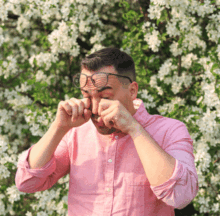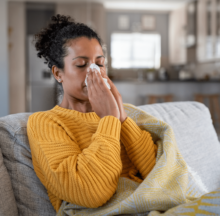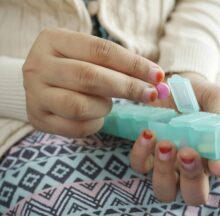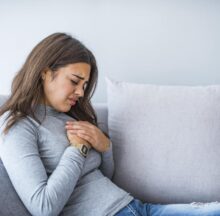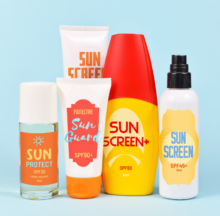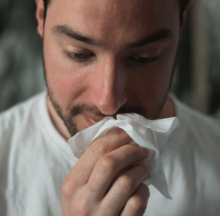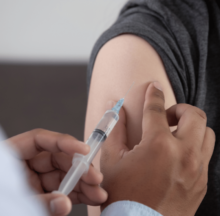Conventional treatment of dry eye mainly consists of the use of preservative-free artificial eye drops and punctal occlusion. None of the commercially available artificial tear preparations include essential tear components such as epidermal growth factor, hepatocyte growth factor, fibronectin, neurotrophic growth factor, and vitamin A – all of which have been shown to play important roles in the maintenance of a healthy ocular surface epithelial milieu. Autologous serum (AS) eye drops contain these essential factors and are beneficial in the treatment of ocular surface diseases such as persistent epithelial defects (PED), superior limbic keratoconjunctivitis, keratoconjunctivitis sicca, and neurotrophic keratopathy.
AS treatment has been demonstrated to be more effective than artificial tears in a randomized control study.
In in vivo and in vitro experiments, AS eye drops showed marked suppression of apoptosis in the conjunctival and corneal epithelium. Albumin, the major protein in serum, improved ocular surface damage in vivo and rescued apoptosis after serum deprivation in vitro.
Autologous serum eye drops are non-allergenic and their biomechanical and biochemical properties are similar to normal tears. The serum is carefully separated in a sterile manner and diluted with sterile saline (preservative free) to prepare 20-50% autologous serum drops. Typically, aliquots of the final preparation are prepared in 5 ml vials with ultraviolet light protection, because vitamin A is easily degraded by light. Patients are instructed to keep the vials they are using in a refrigerator at 4°C and to store the other vials in a freezer until needed.
In the study by Kojima et al., none of the patients had punctal occlusion, which allowed evaluation of the solitary effect of autologous serum drops. They found significant improvements in tear stability, ocular surface vital staining scores, and pain symptom scores in patients treated with autologous serum eyedrops compared with those assigned to non-preserved artificial tears; and concluded that autologous serum is superior to conventional treatment with artificial tears for improving ocular surface health and subjective comfort.
Optom Vis Sci. 1997 Mar;74(3):160-3.
Efficacy of a mydriatic spray in the pediatric population.
Click here to access the PubMed abstract of this article.
Binocul Vis Strabismus Q. 1999;14(2):107-10
A randomized comparison study of drop versus spray topical cycloplegic application.
Click here to access the PubMed abstract of this article.
Am J Ophthalmol. 2005 Feb;139(2):242-6.
The effect of autologous serum eyedrops in the treatment of severe dry eye disease: A prospective randomized case-control study.
Click here to access the PubMed abstract of this article.




